Fascinating new book marks 100 years of Naas Racecourse
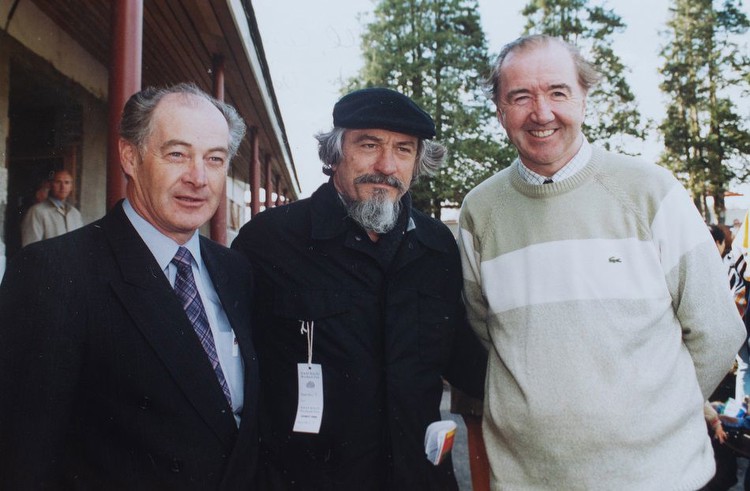
“Naas Racecourse has a tremendous story to tell. The track has played such an important role in the evolution of Irish racing over the last 100 years. It’s been the scene of some incredible sporting and historical moments and racing at Naas continues to be a major part of Irish social life generally.”
So said author and historian Turtle Bunbury, the scribe behind a new book celebrating the Naas venue’s 100th anniversary in 2024.
The Centenary of Naas Racecourse traces the evolution of the track from a humble field on the outskirts of a bustling market town to its present-day status as one of Europe’s best-loved boutique racecourses. The book goes through the history of Naas Racecourse over the last century with significant information and photographs of each decade included throughout.
Turtle, who was asked by Naas Racecourse Chairman Dermot Cantillon to write the book, told me that he “went back into the newspapers and went right back to the beginning, before the racecourse was founded, to find the first whispers of the idea that it might be created.”
He added that the detail in newspapers like the Nationalist, the Leinster Leader and the Kildare Observer “was immense, way more than I could possibly put in the book.”
This fascinating publication also tells the story of the farmers and sportsmen who founded the racecourse, and touches on some of the politicians, film stars and royals who have rubbed shoulders on the track over the last 100 years. Walt Disney came racing at Naas in the 1950s (when he was researching Darby O’Gill and the Little People), for example, and there was great excitement and much surprise in 2003 when a bearded and long-haired Robert De Niro attended, casually walking about with the punters and racegoers.
Other famous visitors include Count John McCormack, Brendan Behan, Prince Aly Khan (husband of the actress Rita Hayworth), Adele Astaire (sister of Fred Astaire), Bono, President Hillary and former Taoiseach Liam Cosgrove.
Turtle noted that English magazine The Tatler “specialised in sending photographers over to take pictures of beautiful people at race meetings. So, they caught a number of these characters.”
He added that the Naas venue “would have been one of the places to go for anybody who was visiting Ireland from afar and liked horses. There were a lot of celebrities, lot of royals from Europe, politicians would turn up… Brendan Behan, he wrote a funny story about being down there.”
There has always been a rich history of racing in Kildare and the county is known as the Thoroughbred County for good reason. There are countless stable yards and training operations around Naas, which has been at the epicentre of the equestrian world for at least 260 years.
It was not until the 20th century that a formal racecourse was created. In 1922, at the height of the Civil War, a group of eight like-minded farmers and gentlemen joined forces to form the ‘Naas Race Company’. Supported by subscriptions from across the locality, the new company bought just over 100 acres of farmland on the east side of the town and set about creating a proper racecourse, with the very first meeting taking place on 19 June 1924.
The connection between that formative era and the present day is remarkably close. Richard Brophy, a board member of Naas Race Company, descends from Edward Brophy, one of the founding fathers. The Osbornes, another well-known name in racing history, are still going strong at Naas as Robbie Osborne sits on the Board of Directors of the racecourse today.
The influence of women and the role they played in the evolution of Naas Racecourse is an important theme in the book and cannot be understated. In 1974, Rosemary Rooney won at Naas to become the first female jockey to win against male opposition in Ireland or the UK. Eight years earlier, Mrs Anne Biddle made history at Naas when she became Ireland’s first licensed woman trainer to win a race.
Another highly regarded woman associated with Naas was Mrs Lawlor, the celebrated caterer. Her family, who also ran Lawlor’s Hotel in Naas and the iconic Lawlor’s Ballroom, were the biggest caterers in Ireland for many decades and also owned the Naas veteran Mill House, winner of the Cheltenham Gold Cup in 1963.
Arguably the most pivotal woman in the story of Naas Racecourse has been Margaret McGuinness, its manager for almost 40 years. When she started in 1969, she was just 20 years old. A formidable force, Margaret more than held her own in a very much male-dominated industry and became the lynchpin that kept everything in motion at Naas Racecourse.
Margaret was a hands-on manager, forever monitoring the track, supervising staff and ensuring that everything ticked over. One of her happiest days occurred when over 400 people came to inspect the newly opened Grandstand. ‘They could not believe the transformation from the sea of mud they’d endured while it had been going on,’ she marvels. Under her stewardship, Naas continued to evolve as one of the most progressive and best-maintained racecourses in Ireland.
Turtle, who spoke to her many times, described her as “a real character,” adding that “everybody really speaks very fondly of her, not just at Naas but across the racing community.”
He met with her a number of times to get her insights into the 70s, 80s, 90s and the early part of this century. “She’s a very competent and brilliant woman,” he told me.
Like her successors Tom Ryan (2007-2019) and Eamonn McEvoy (2019-present), Margaret worked closely with a forward-thinking board of directors. Since the very beginning, the board’s driving ideology has been to make Naas one of the best racecourses in Ireland. Profits are continually reinvested in improving the facility. Hence the new grandstand in 1997, the new bar and weigh room in 2003, the widening of the track in 2005, the new stable yard in 2009 and The Circle in 2019.
The Circle, an innovative spectator stand, has introduced a superb contemporary ambience to Naas whilst skilfully tying the pre-existing parts together. This has, in turn, enhanced the overall character of a boutique course that is widely beloved for its intimate, friendly, country atmosphere.
In 2015, Naas was rewarded with its first Grade 1 race, the Lawlor’s of Naas Novice Hurdle. Its steady advance towards hosting a Group 1 race is underscored by its ever-deepening links with Ascot. The course originally hosted seven meetings a year – today there are 20, including a weekend festival that commenced in October of this year.
Known as ‘The Nursery of Champions’, the track has been where some of Europe’s most talented horses have honed their skills, going on to take gold and glory at home and abroad.
Turtle told me that in the past three years, the Epsom Derby, The Oaks, the English 2000 Guineas, the 1000 Guineas, the Melbourne Cup in Australia, five Breeders Cups in America, the Cheltenham Gold Cup, the Aintree Grand National and the Irish Grand National have “all been won by horses that kicked off their careers at Naas or who ran at Naas early on… it’s really amazing to have on your CV, if you’re a racecourse.”
Dermot Cantillon, Chairman of Naas Racecourse, said they are “so proud of the history and story of Naas and are delighted that it’s finally been told so eloquently by Turtle Bunbury. It’s remarkable to look back at all the old photographs of both famous people and horses and it gives all of us here at Naas Racecourse an enormous sense of pride to be part of something very special.
“Our founding members paved the way for us and it’s up to us to keep evolving and to keep adding to our racegoers experience through competitive racing and through the guest experience. Huge thanks to everyone who helped us to bring this book to life, we are delighted with it.”
You can get your hands on a copy of The Centenary of Naas Racecourse – which was launched at Swans on the Green in Naas on Tuesday 21 November – from www.naasracecourse.com for €50 plus post and packaging.
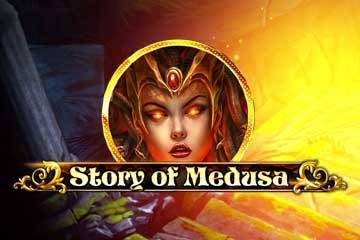
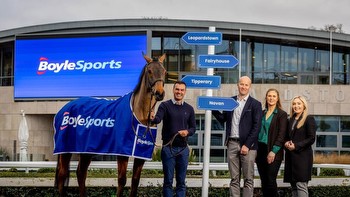






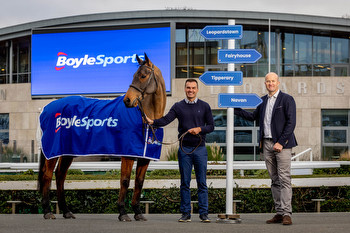



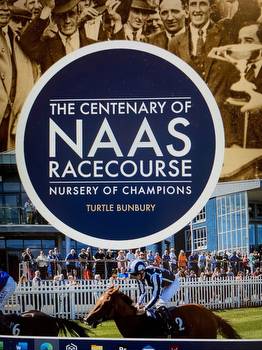
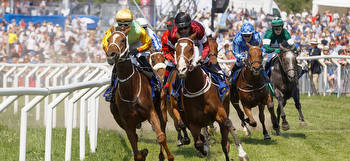
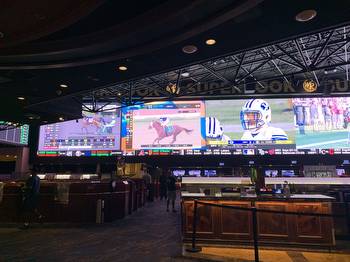


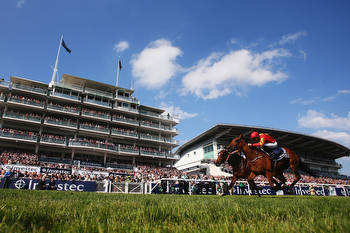
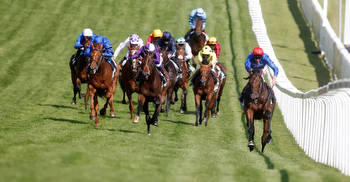


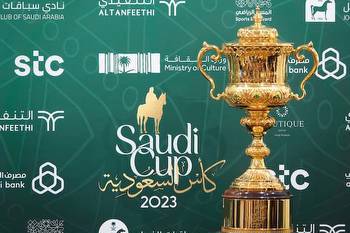

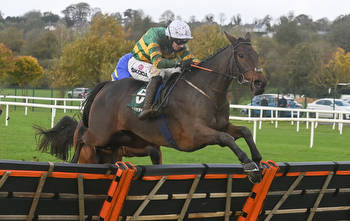
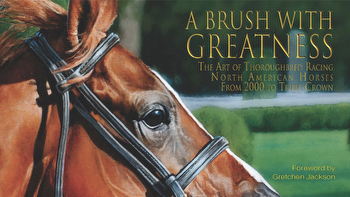

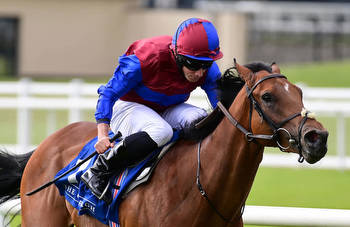
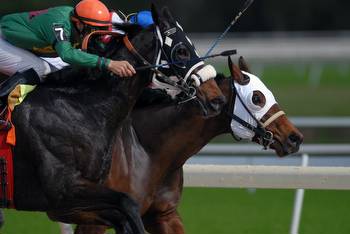
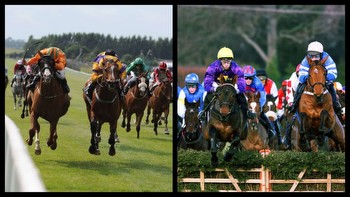
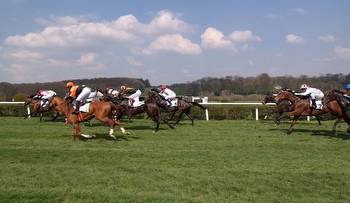
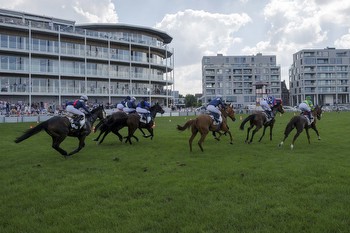
![[Advertorial] South Korean horse racing: the wacky and the wonderful](/img/di/advertorial-south-korean-horse-racing-the-wacky-and-the-wonderful-1.jpg)



